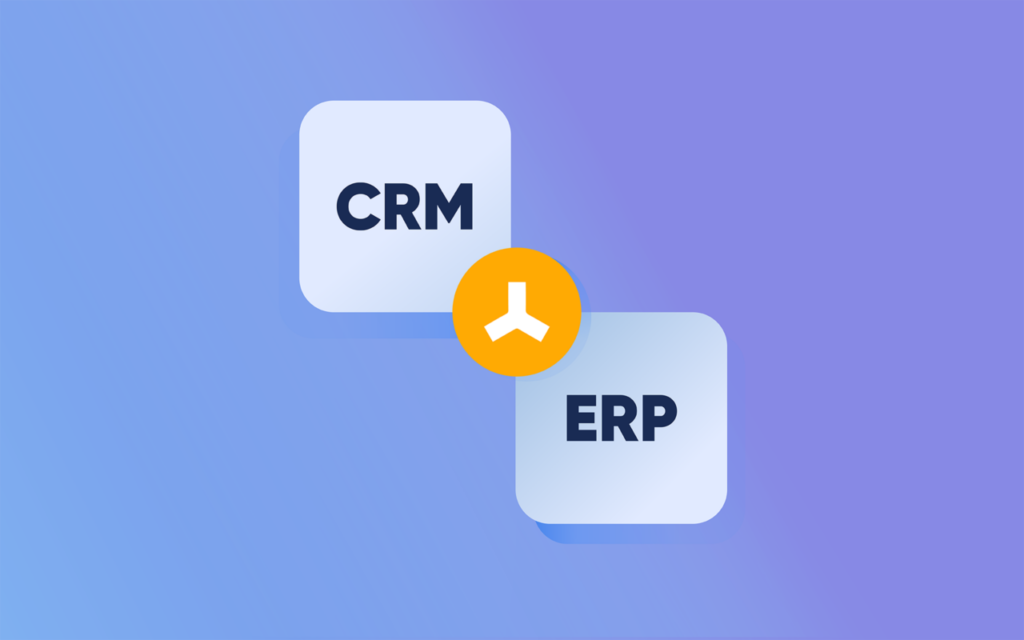Table of Contents
Key Takeaways
- ERP and CRM systems are indispensable for achieving modern business efficiency and optimizing customer interactions.
- Integrating these systems can yield a unified view, advancing decision-making processes and enhancing company productivity.
- Addressing implementation challenges and choosing suitable solutions are critical for leveraging these technologies effectively.
Understanding ERP and CRM Systems
In today’s competitive business landscape, employing tools that enhance efficiency and customer satisfaction is vital for survival and growth. Enterprise Resource Planning (ERP) and Customer Relationship Management (CRM) systems are vital components for any forward-thinking organization. Companies like Eide Bailly specialize in providing adept guidance on the seamless integration of these systems, ensuring that businesses can effectively harness their full potential. ERP systems facilitate the seamless management of core business processes, from accounting to supply chain operations. In contrast, CRM systems are designed to optimize customer relations, enabling businesses to personalize and enrich the customer experience.
The Synergy Between ERP and CRM
The integration of ERP and CRM systems results in a powerful synergy that can significantly benefit businesses. This unified system provides a single, cohesive platform that facilitates the seamless flow of information between departments, bridging the gap between customer interactions and backend operations. By integrating ERP and CRM, businesses not only gain comprehensive insights into both their internal operations and customer experiences but also empower their teams to collaborate more effectively. This holistic view fosters better-informed decision-making, enhances operational efficiency, and ultimately improves customer service, thereby contributing to a more decisive competitive edge.
Benefits of Implementing ERP and CRM Systems
- Improved Efficiency: Automating routine and repetitive tasks through ERP and CRM systems significantly reduces human errors, ensuring more streamlined operations and freeing up valuable resources to focus on strategic initiatives.
- Enhanced Collaboration: These systems promote a more collaborative atmosphere by dismantling barriers between departments, enhancing communication and enabling more efficient teamwork throughout the organization.
- Data-Driven Insights: Enhanced data that empowers instantaneous data that helps organizations leverage robust analytics, facilitate strategic planning, enhance forecasting accuracy, and enable rapid adaptation to change market dynamics.
Challenges in ERP and CRM Implementation
While the benefits of implementing ERP and CRM systems are substantial, businesses often face several challenges during the deployment process. Data migration can pose significant difficulties, requiring meticulous planning to ensure data integrity and prevent loss. Additionally, achieving high user adoption rates is crucial; businesses must invest in training and support to overcome resistance to change and ensure that staff can leverage the new systems effectively. Compatibility issues, whether with existing systems or between the ERP and CRM modules themselves, also need to be addressed to guarantee a successful integration and maximize the benefits offered by these technologies.
Real-World Examples of Successful Implementations
Numerous businesses across various sectors have successfully transformed their operations and customer relations through the implementation of ERP and CRM systems. For example, a prominent global retail chain adopted these systems to streamline its extensive operations, resulting in significantly improved productivity levels and enhanced customer satisfaction scores. By leveraging the capabilities of ERP and CRM systems, the company was able to provide more personalized and responsive customer service, setting a benchmark within its industry.
Choosing the Right ERP and CRM Solutions
Selecting the appropriate ERP and CRM systems is a vital choice that can significantly influence a company’s operational effectiveness and market competitiveness. When making this decision, organizations ought to consider various factors, such as the capacity for scalability to facilitate business expansion, the potential for customizing solutions to address particular requirements, and the overall cost efficiency.
Additionally, considering the ease of integration with existing systems and the availability of ongoing support can ensure that the business maximizes the benefits of its investment in ERP and CRM technologies.
The Future of ERP and CRM Systems
The technological landscape is constantly evolving, and ERP and CRM systems are no exceptions. The swift progress in artificial intelligence and machine learning indicates that these systems are set to become increasingly advanced in the near future. These advances are expected to enhance operational efficiency further, reduce manual intervention, and allow businesses to gain deeper insights into customer behavior. The future promises exciting opportunities for businesses to leverage these technologies, providing innovative ways to meet and exceed customer expectations and drive business success.
Key Considerations for Implementing ERP and CRM
Successful implementation of ERP (Enterprise Resource Planning) and CRM (Customer Relationship Management) systems demands meticulous planning and precise execution. Businesses must emphasize effective change management strategies that consider the human elements of technology adoption. This approach is vital for ensuring seamless transitions and fostering high levels of user acceptance among employees.
Comprehensive training programs are essential to streamline this process. Such programs empower employees by providing them with the necessary knowledge and practical skills to manage and operate these advanced systems adeptly. By prioritizing this training, organizations can mitigate any feelings of uncertainty or resistance to change that may occur during the transition period.
In addition to training, establishing robust support mechanisms is essential. These systems should be in place to promptly address any challenges or issues that may emerge after the implementation phase, guaranteeing that the ERP and CRM systems function optimally and deliver maximum value to the organization.
Moreover, businesses need to stay abreast of industry standards and best practices. By reviewing recent reports and being influenced by prevailing trends, companies can gain significant insights that aid in refining their strategies. This proactive approach allows them to fully harness the capabilities of ERP and CRM technologies fully, ultimately enhancing operational efficiency and customer relationships.

